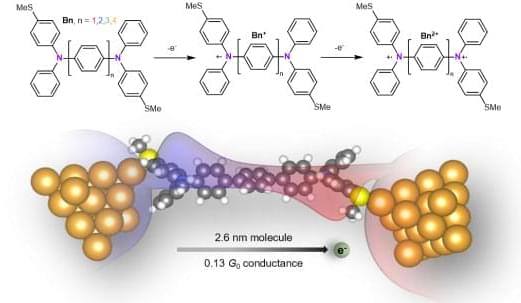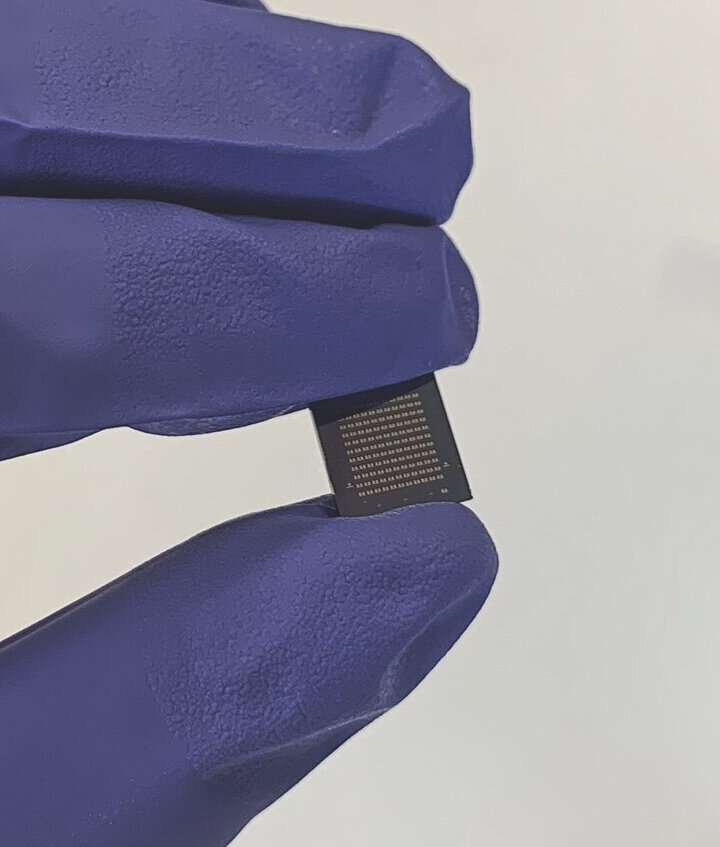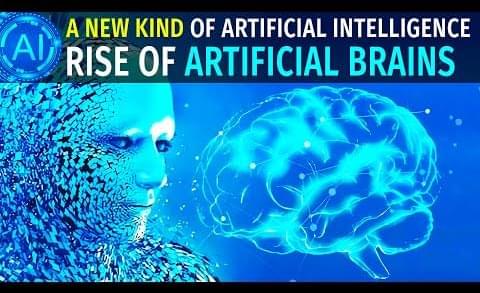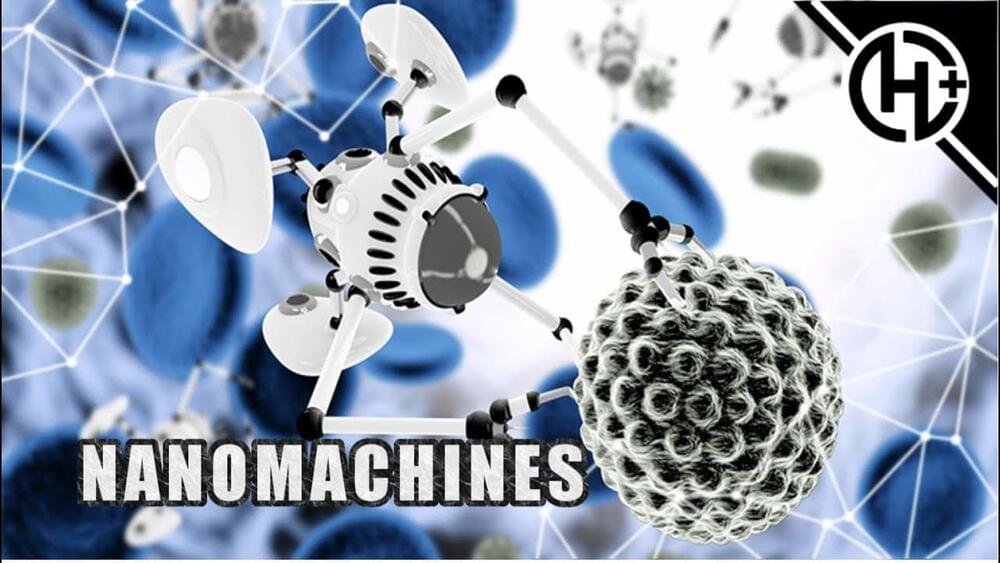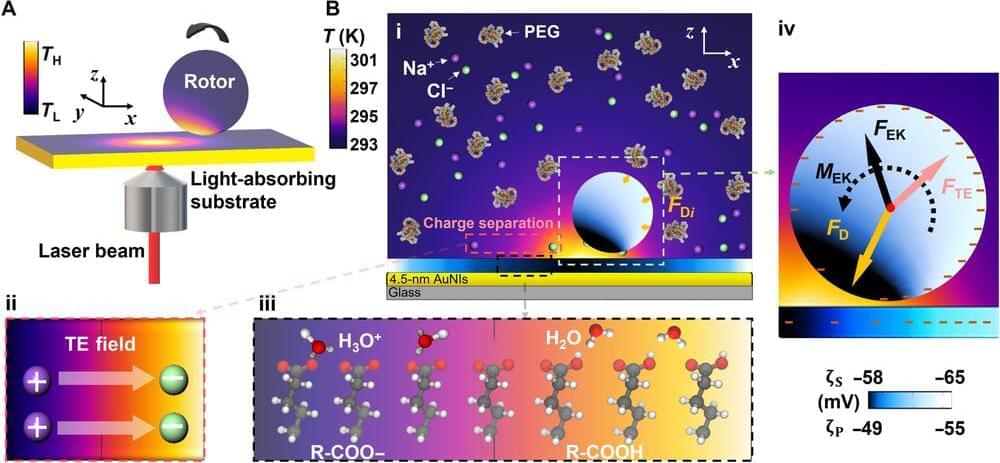Russian scientists have synthesized a new ultra-hard material containing scandium and carbon. It consists of polymerized fullerene molecules with scandium and carbon atoms inside. The work paves the way for future studies of fullerene-based ultra-hard materials, making them a potential candidate for use in photovoltaic and optical devices, elements of nanoelectronics and optoelectronics, biomedical engineering as high-performance contrast agents, etc. The research study was published in the journal Carbon.
The discovery of new, all-carbon molecules known as fullerenes almost forty years ago was a revolutionary breakthrough that paved the way for fullerene nanotechnology. Fullerenes have a spherical shape made of pentagons and hexagons that resembles a soccer ball, and a cavity within the carbon frame of fullerene molecules can accommodate a variety of atoms.


